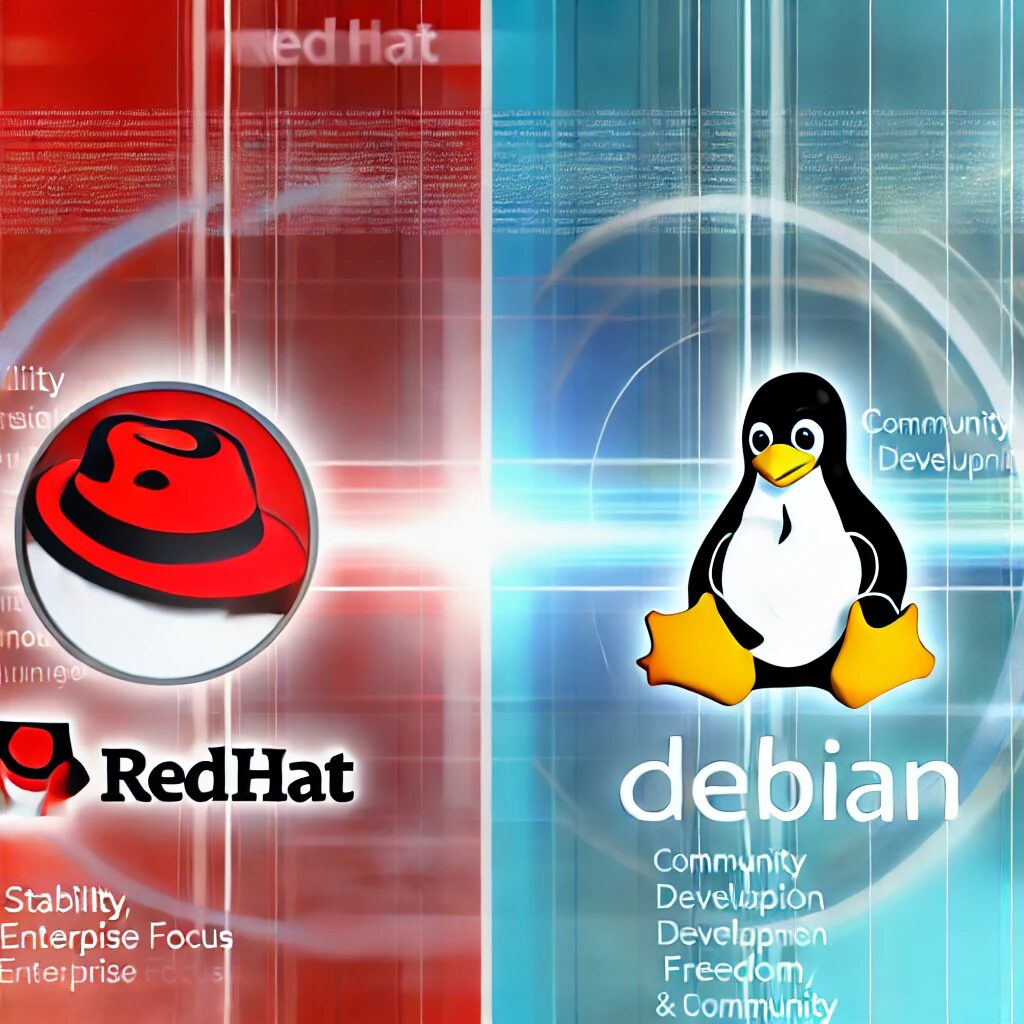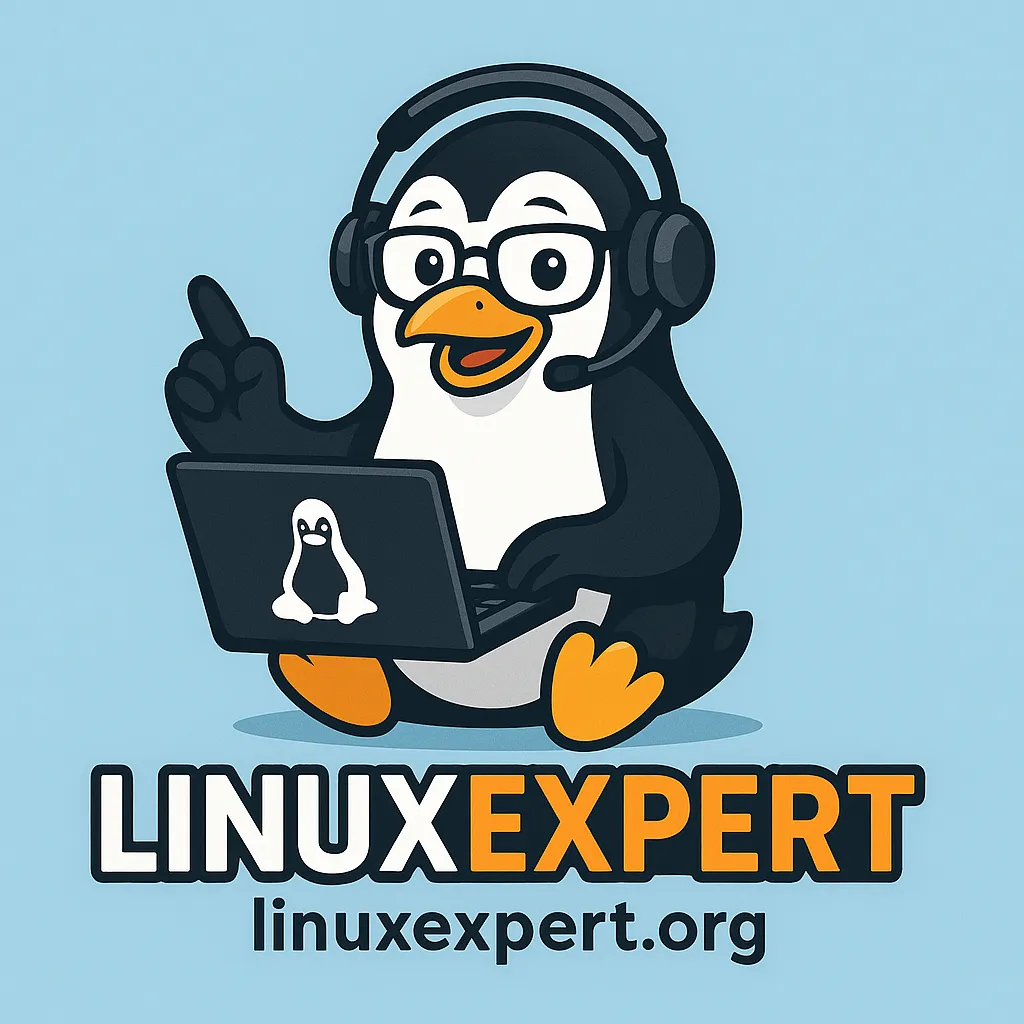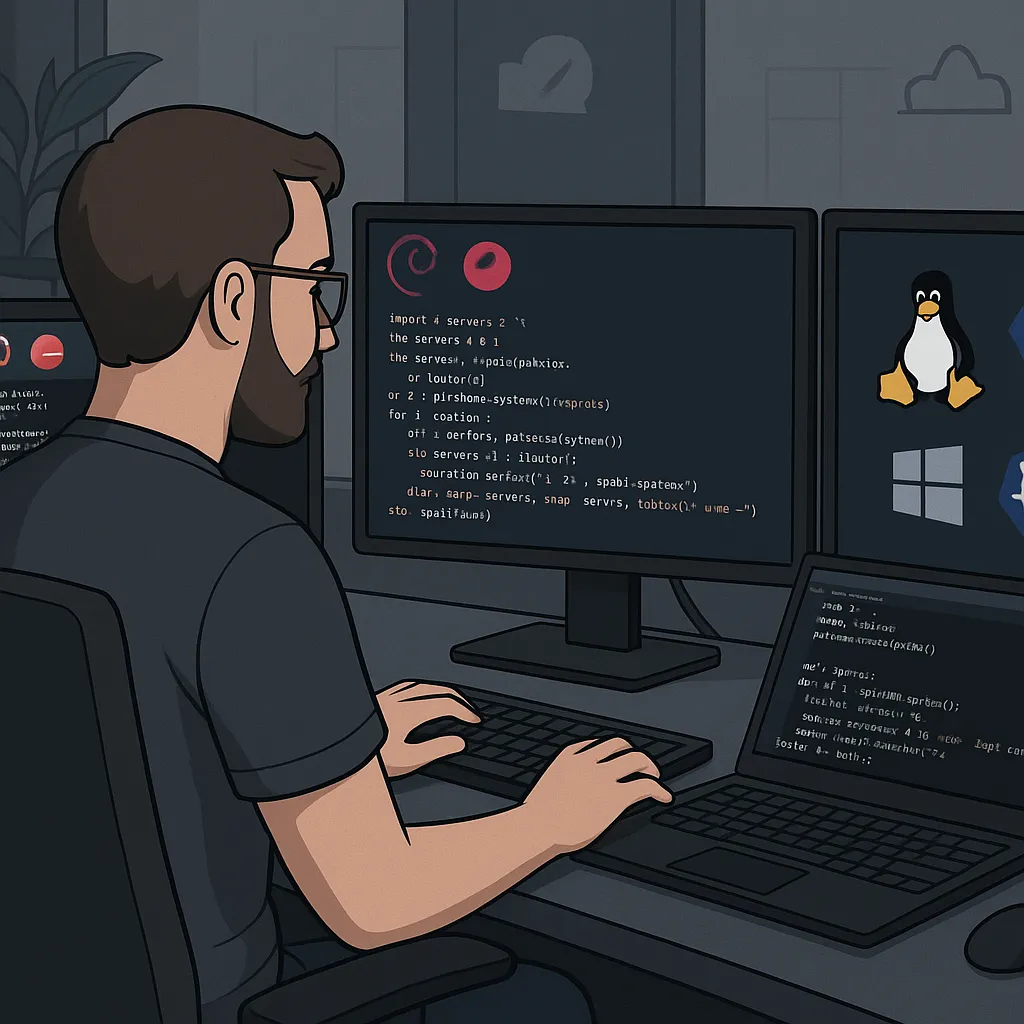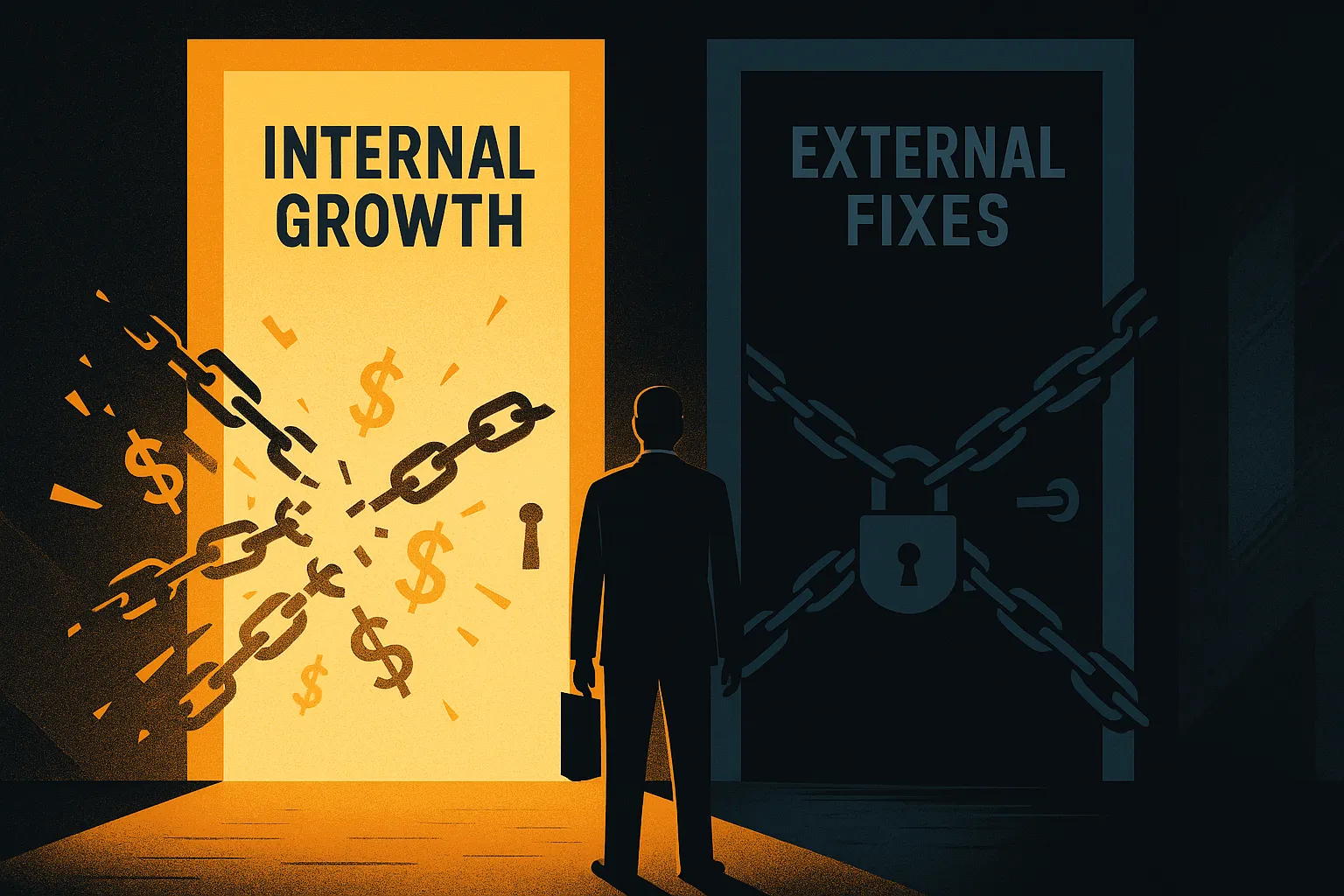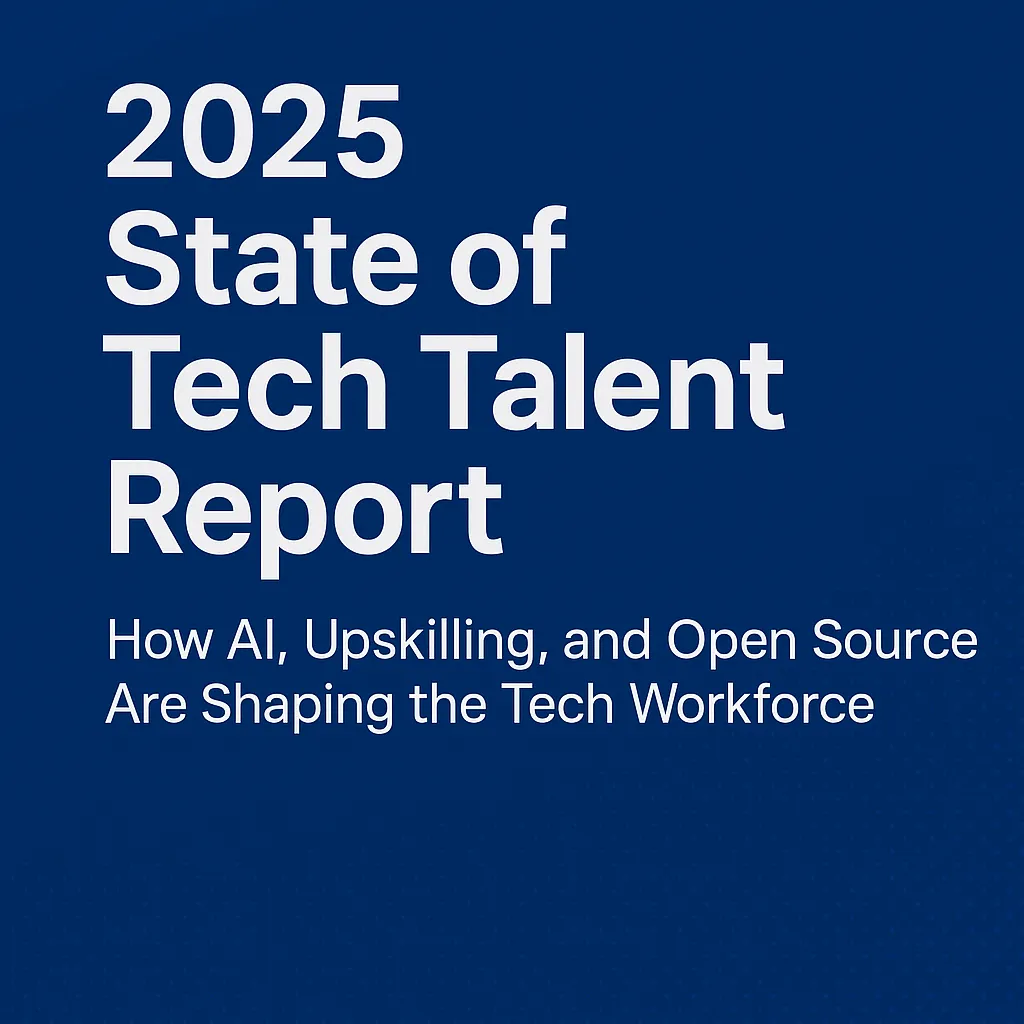A Deep Dive into Two Titans of Enterprise Linux and the Open-Source Ecosystem
When we look at the landscape of Linux distributions, two names stand out as pillars in the industry: Red Hat and Debian. Each has carved out a unique niche in the world of open-source software, offering different approaches to enterprise Linux. As we delve deeper into their philosophies, strengths, weaknesses, and market share, we’ll explore how these two distributions have shaped the broader open-source ecosystem.
Red Hat: The Enterprise Powerhouse
Red Hat’s approach to Linux is firmly rooted in the needs of enterprise customers. This focus has made Red Hat Enterprise Linux (RHEL) a household name in corporate IT departments across the globe.
Stability and Support
Red Hat is synonymous with stability, a quality that is critical for enterprises that rely on Linux to power their mission-critical systems. The company provides long-term support, security updates, and certifications, ensuring that businesses can depend on RHEL for years to come. This makes Red Hat particularly attractive to industries such as finance, healthcare, and government, where uptime and reliability are non-negotiable.
Subscription Model
One of the cornerstones of Red Hat’s business model is its subscription-based service. Customers pay for access to professional support, certified software, and timely updates. While this model ensures a steady stream of revenue for continued innovation, it has also sparked debate within the open-source community. Some argue that it detracts from the spirit of freely available software, but it also demonstrates that open-source can be sustainable and profitable.
Corporate Governance and Market Impact
Red Hat’s corporate governance, especially after its acquisition by IBM, has raised questions about how much influence corporate interests might have on the distribution’s direction. However, this structure allows for decisive leadership and a clear strategic focus, which can be a double-edged sword. On one hand, it means Red Hat can quickly adapt to market needs; on the other, it may occasionally conflict with the broader community’s values.
Downstream Influence
Red Hat’s impact extends beyond RHEL itself. The creation of downstream derivatives like CentOS (before its shift to CentOS Stream), AlmaLinux, and Rocky Linux highlights how Red Hat’s influence permeates the Linux ecosystem. These derivatives offer free alternatives while maintaining compatibility with RHEL, thus broadening the reach and accessibility of Red Hat’s enterprise-grade technology.
Debian: The Community’s Champion
On the other side of the spectrum lies Debian, a distribution that has become emblematic of the community-driven model of open-source software. Debian’s philosophy centers on the ideals of free software and open collaboration, making it a key player in the Linux world.
Community Governance and Democratic Development
Debian is governed by a global community of developers and volunteers, operating under a democratic decision-making process. This approach ensures that no single entity controls the project, preserving its independence and adherence to the principles of open-source. However, this can also lead to slower development cycles, as decisions are often made by consensus, reflecting the diverse views within the community.
Stability and Security
While Debian might not have the enterprise-centric focus of Red Hat, it is still renowned for its stability and security. These attributes make Debian a solid foundation for many other distributions, including Ubuntu, which has gained significant market share in both personal and enterprise environments. Debian’s reputation for reliability makes it a popular choice for servers and other critical systems, where downtime is not an option.
The Universal Operating System
Debian’s ambition to be the “universal operating system” is evident in its support for a wide range of hardware architectures and its vast repository of software packages. This flexibility means that Debian can be used for a variety of purposes, from desktop systems to servers and embedded devices. It also serves as the upstream source for many other distributions, underscoring its importance in the Linux ecosystem.
Ecosystem Impact and Derivatives
Debian’s influence extends far beyond its own distribution. It is the foundation for numerous derivatives, including Ubuntu, Kali Linux, and Raspbian. These derivatives have grown in popularity, with Ubuntu, in particular, becoming a dominant force in both the consumer and enterprise markets. Debian’s commitment to free software and open development has fostered a vibrant ecosystem that encourages innovation and collaboration.
Market Share and Ecosystem Influence
When considering market share, Red Hat and its derivatives, such as CentOS and Fedora, dominate the enterprise Linux space. RHEL’s integration with enterprise tools, certifications, and support options makes it the go-to choice for businesses needing a robust, enterprise-grade solution. Red Hat’s ability to monetize open-source software through its subscription model has also allowed it to invest heavily in development, further cementing its market position.
Debian, while not as commercially focused as Red Hat, boasts a large and loyal user base, particularly among those who value its community-driven development model. Debian’s derivatives, especially Ubuntu, have significantly expanded its reach, with Ubuntu becoming a leading choice for both desktop users and cloud-based servers. The rise of cloud computing has further boosted Debian’s influence, as its derivatives are often the preferred Linux distributions on major cloud platforms.
Conclusion: Which Approach is Better?
The question of which approach is better—Red Hat’s enterprise focus or Debian’s community-driven model—depends largely on the context in which they are used.
For Enterprise Linux:
Red Hat’s approach is often better suited for organizations that require enterprise-level support, reliability, and certifications. The subscription model provides peace of mind for businesses that need guaranteed uptime and professional support. However, the cost associated with this model may not be justifiable for smaller organizations or those with a strong internal IT team.
For the Open-Source Ecosystem:
Debian shines as a beacon of the open-source community’s ideals. Its democratic governance and commitment to free software ensure that it remains true to the principles that have driven the success of Linux. Debian’s extensive influence through its derivatives also demonstrates its foundational role in the Linux world.
Ultimately, both Red Hat and Debian play critical roles in the open-source ecosystem. Red Hat offers a blueprint for how open-source can thrive in the enterprise, while Debian keeps the spirit of open-source alive, ensuring that the community remains at the heart of Linux development. Their coexistence enriches the Linux ecosystem, providing users with a range of options to suit their needs and philosophies.
